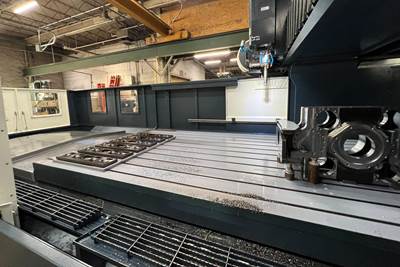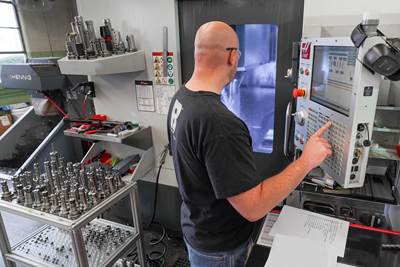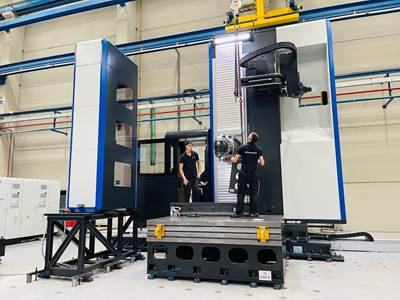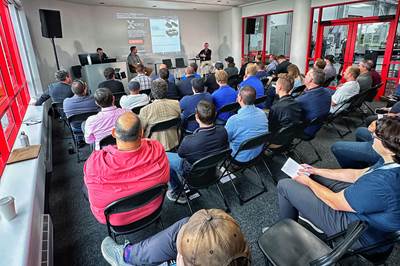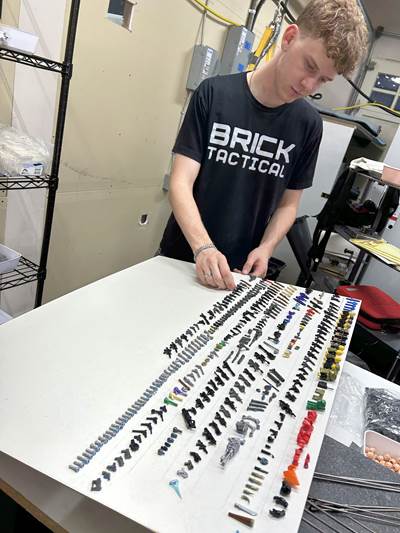Machining Centers
The term “machining center” describes almost any CNC milling and drilling machine that includes an automatic toolchanger and a table that clamps the workpiece in place. On a machining center, the tool rotates, but the work does not. The orientation of the spindle is the most fundamental defining characteristic of a CNC machining center. Vertical machining centers (VMCs) generally favor precision while horizontal machining centers (HMCs) generally favor production—but these are loose generalizations, and plenty of machining centers break out of them. Another common machining center type is the 5 axis machining center, which is able to pivot the tool and/or the part in order to mill and drill at various orientations.
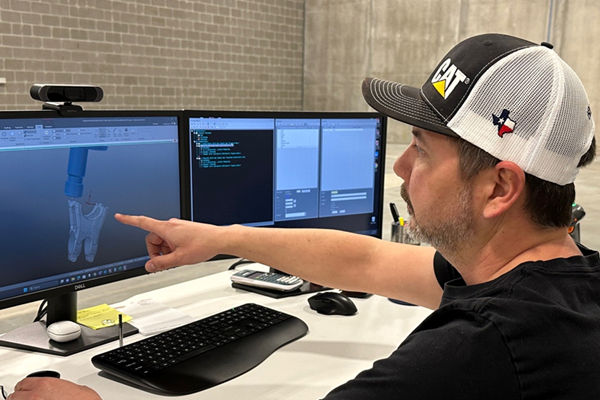
Latest Machining Centers News And Updates
Five-Axis Turnkey Machine Halves Medical Shop’s Cycle Times
Horizontal five-axis machines cut cycle times in half at ARCH Medical Solutions – Newtown. But its leadership gives equal credit to a surprising factor: the OEM’s service department.
Read MoreAdditive/Subtractive Hybrid CNC Machine Tools Continue to Make Gains (Includes Video)
The hybrid machine tool is an idea that continues to advance. Two important developments of recent years expand the possibilities for this platform.
WatchMazak Five-Axis Enables Subtractive, Additive Processes
Mazak’s VC-500A/5X vertical machining center delivers hybrid multitasking and hot wire deposition to meet machining and additive needs.
Read MoreZimmermann Milling Machine Enhances Stability in Heavy Machining
The FZU/FZP42 machine line features a thermo-symmetrical design that incorporates a centrally-guided Z-slide, resulting in a more dynamic, productive and energy-efficient machine.
Read MoreNidec Machining Center Accommodates Heavy Workpieces
The MV16BxII double-column machining center features a high-rigidity structure than can suppress deflection, and is capable of stable machining even in high-speed operations.
Read MoreMazak VMC Provides Versatile Machining of Complex Parts
The VC-Ez 20X vertical machining center features a 25-hp 12,000-rpm CAT-40 spindle with a 30-tool-magazine automatic tool changer.
Read MoreFeatured Posts
How I Made It: Doug Schulte, Select Machining Technologies
Doug Schulte was introduced to machining as a young child, often visiting his father at the LeBlond Machine Tool company where he worked in Cincinnati. Here, Schulte — who ended up dedicating his entire career to the industry — shares some of the key insights he’s discovered along the way.
Read MoreThree-Axis Bridge Mill Opens New Doors for Construction OEM
Different industries often require different machining priorities, a truism recently demonstrated by Barbco, an OEM of heavy-duty boring equipment that opened up new design possibilities by pivoting toward rigid, less complex machining centers.
Read MoreMedical Shop Performs Lights-Out Production in Five-Axes
Moving to five-axis machining enabled this shop to dramatically reduce setup time and increase lights-out capacity, but success relied on the right combination of workholding and automation.
Read MoreControlling Extreme Cutting Conditions in Large-Part Machining
Newly patented technologies for controlling chatter and vibration during milling, turning and boring operations promise to drastically reduce production time and increase machining performance.
Read MoreHermle Event Encourages, Educates on Five-Axis Machining
Hermle’s first Five-Axis Summit was designed to show beginners the benefits of five-axis machining and demonstrated how more advanced users can take their capabilities to the next level with automation.
Read MoreQ&A: How a Self-Taught Machinist Started His Own Business
This machinist found an opportunity in a niche market and decided to learn machining and create his own business. Here's how he did it.
Read MoreFAQ: Machining Centers
What is a vertical machining center?
Most machining centers on the market feature numerical control (CNC) and serve more than one purpose. Many can perform combinations of operations such as milling, drilling, boring, tapping and reaming in a single setup. Machining centers come in three general types: horizontal three-axis, vertical three-axis and five-axis machines (four- and six-axis machines exist, but are less common).
For a vertical machining center, the X-axis controls left-and-right movement, parallel to the workholding surface; the Y-axis controls front-and-back movement, perpendicular to the X- and Z-axes; and the Z-axis controls up-and-down movement. Most machines use a fixed spindle and a moving table, or a fixed table and a moving spindle. Spindle rotation is never considered an axis.
Five-axis (and four-axis and six-axis) machines introduce additional axes that enable the table or spindle head to rotate and pivot. The A-axis involves X-axis rotation, while the B-axis is paired to the Y-axis and the C-axis is paired to the Z-axis.
What is a horizontal machining center?
Machining centers come in three general types: horizontal three-axis, vertical three-axis and five-axis machines (four- and six-axis machines exist, but are less common).
Horizontal and vertical three-axis machines differ primarily in the inclination of the spindle, with the spindles of horizontal machines parallel to the surface of the machine table and the spindles of vertical machines perpendicular to the surface, although individual constructions vary widely to support different applications.
What is machining center accuracy and repeatability?
Accuracy and repeatability are both vital, but these specifications can be especially difficult to determine because different manufacturers use different definitions. In general, there are three standards for accuracy: unidirectional forward, unidirectional reverse and bidirectional (which is the average of the two). Repeatability — which is the distance between accuracy samples, tested over the full range of data points — generally has four standards: forward repeatability, reverse repeatability, bidirectional repeatability and scatter.
“Lost motion,” also called “mean reversal error,” is the difference from center found when comparing marks made with forward and backward repeatability. Data collection typically repeats processes seven times, then creates a bell curve of results, calculating both the standard deviations and the mean. Different measurement standards use the standard deviations in different ways.
What is unbalance?
Standard adapters and tooling are normally satisfactory at spindle speeds up to 8,000 rpm. At faster speeds, specially balanced tooling can be critical for high tolerances and surface finishes.
Unbalance is a tool’s mass times its eccentricity (which is the distance from the tool’s center of rotation to its true center of mass). Eccentricity is measured in microns and tool mass in kilograms, so unbalance is measured in gram-millimeters. ISO 16084 is the standard for setting targets for tool and toolholder balance.
To evaluate unbalance in processes, users can perform trial runs one at a time with tools balanced to a variety of different values. Such an evaluation might start at an unbalance of 10 g-mm, then progress through a series of increasingly balanced tools until it achieves proper tolerances or accuracy and surface finish fail to improve any further.
How do you find eccentricity?
Eccentricity is the distance from the tool’s center of rotation to its true center of mass. Eccentricity is measured in microns and tool mass in kilograms, so unbalance is measured in gram-millimeters.
What is a rotary encoder?
Machine tools use linear and rotary encoders to measure their own movements and stay on target. There are three types of encoder contacts — photoelectric (also called optical), magnetic and mechanical — but photoelectric encoder contacts are the most common.
Rotary encoders measure rotational movement drives, but spindles and recirculating ballscrews can also enable them to measure linear movements. Rotary encoders can be incremental or absolute.
Incremental rotary encoders have output signals that are evaluated by electronic counters that measure “increments.” For general length measurement applications — particularly the measure of slide movements using a recirculating ballscrew as the scale — shaft encoders that incorporate digitizing electronics are standard.
Absolute rotary encoders derive angular positional value from the pattern of a coded disc that provides values immediately after power switches on. The Gray coder and coders which use natural binary are most common, with many modern computer programs using the binary system to support high speeds.
How do you improve machining center accuracy?
1. Know The Spindle
2. Measure The Process Instead Of The Part
3. Raise The Bar On Drawbar Attention
4. Control Chatter
5. Inspect With A Reference
Machining Centers Supplier Categories
- Graphite Milling
- Planer, Gantry & Bridge Type Milling
- Material Removal Automation
- Multi-Machine Tool-Storage Systems
- Assembly & Testing Automation
- Universal Milling Machines
- Boring
- Material Forming & Fabricating Automation
- Machining Flex Lines
- Vertical, Five-Axis
- Universal
- Bed-Type Milling
- Nano & Micro Machining
- Vertical, Up to Four-Axis
- Horizontal, Five-Axis
- Pallet Systems
- Knee & Column Milling, Non-ATC
- Ultrasonic
- Horizontal, Up to Four-Axis
- Machining Cells & FMS
- Automated for Material Joining
- Jig Boring


.jpg;maxWidth=300;quality=90)
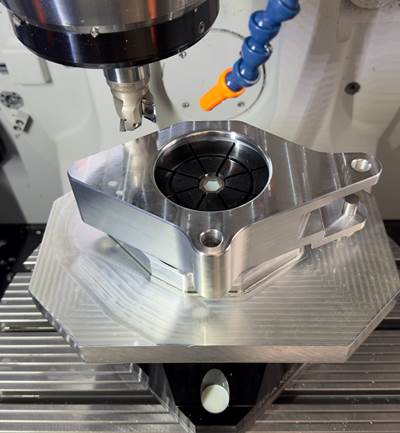


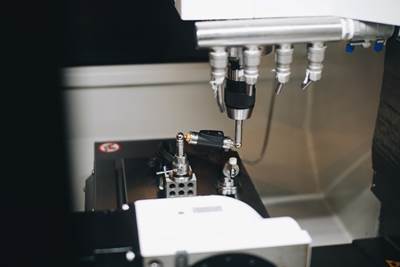
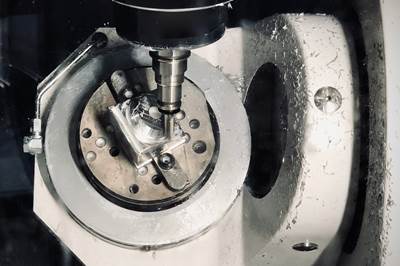

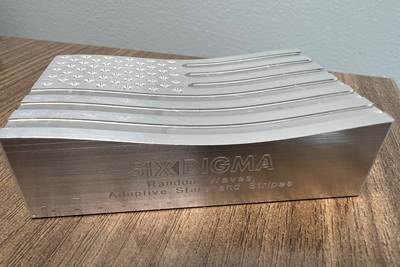
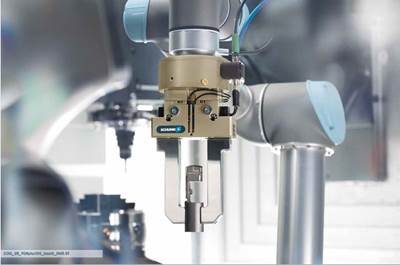
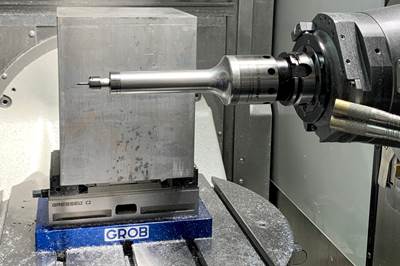
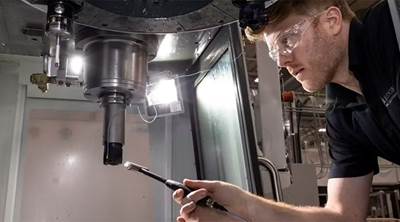
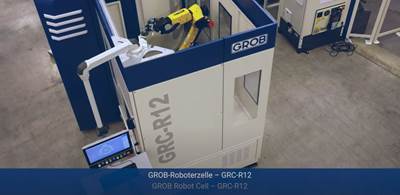
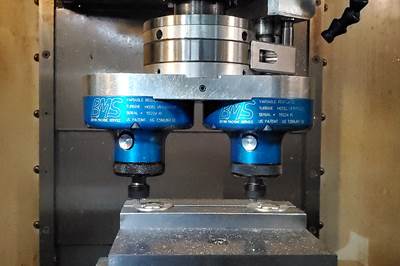


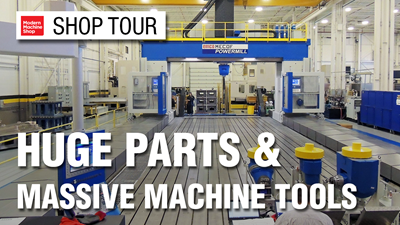


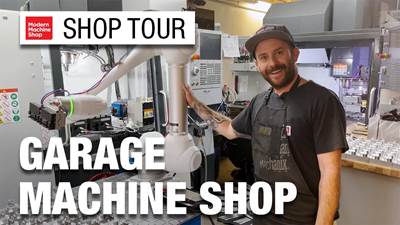
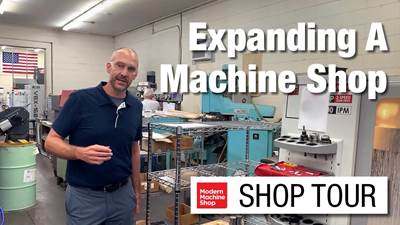
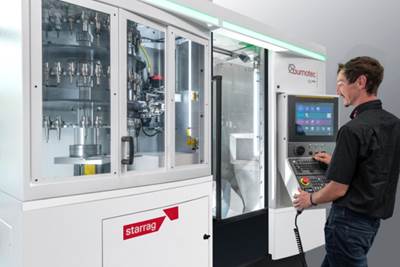

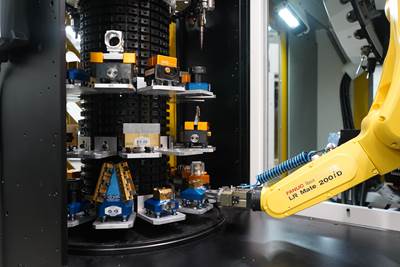
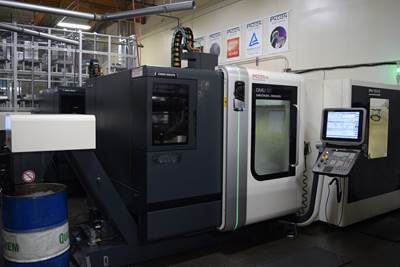
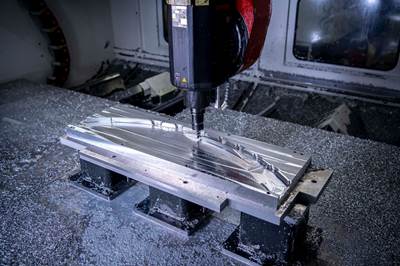




.jpg;maxWidth=970;quality=90)
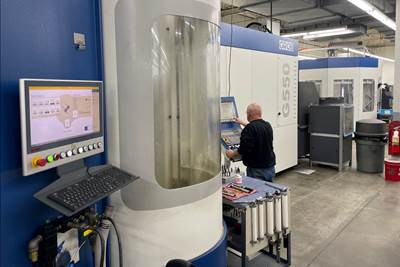

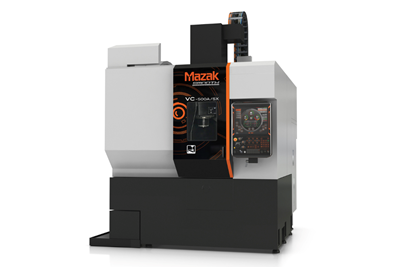
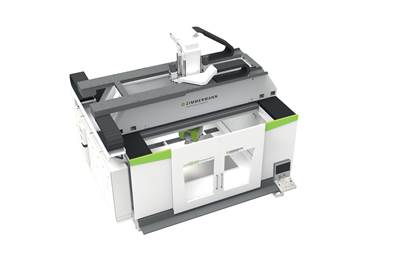
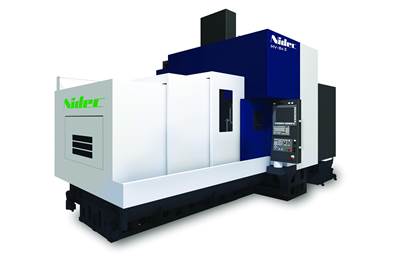



.png;maxWidth=300;quality=90)
.png;maxWidth=300;quality=90)


